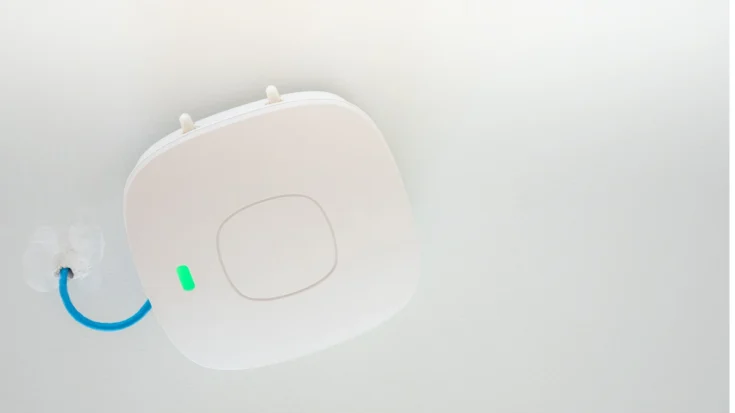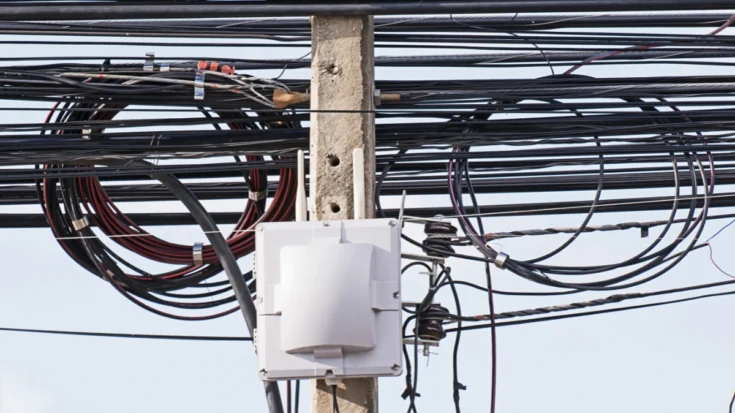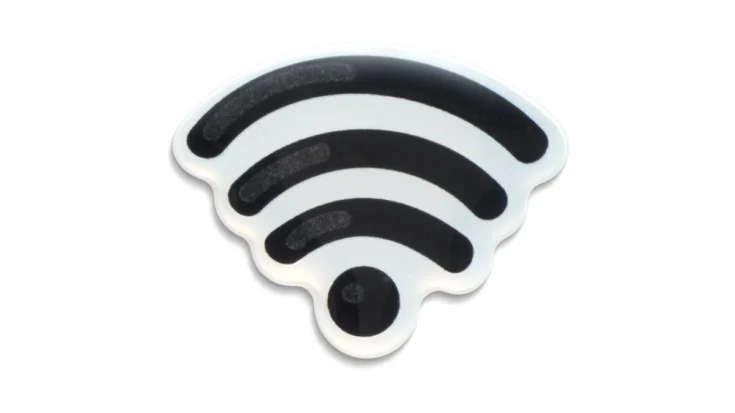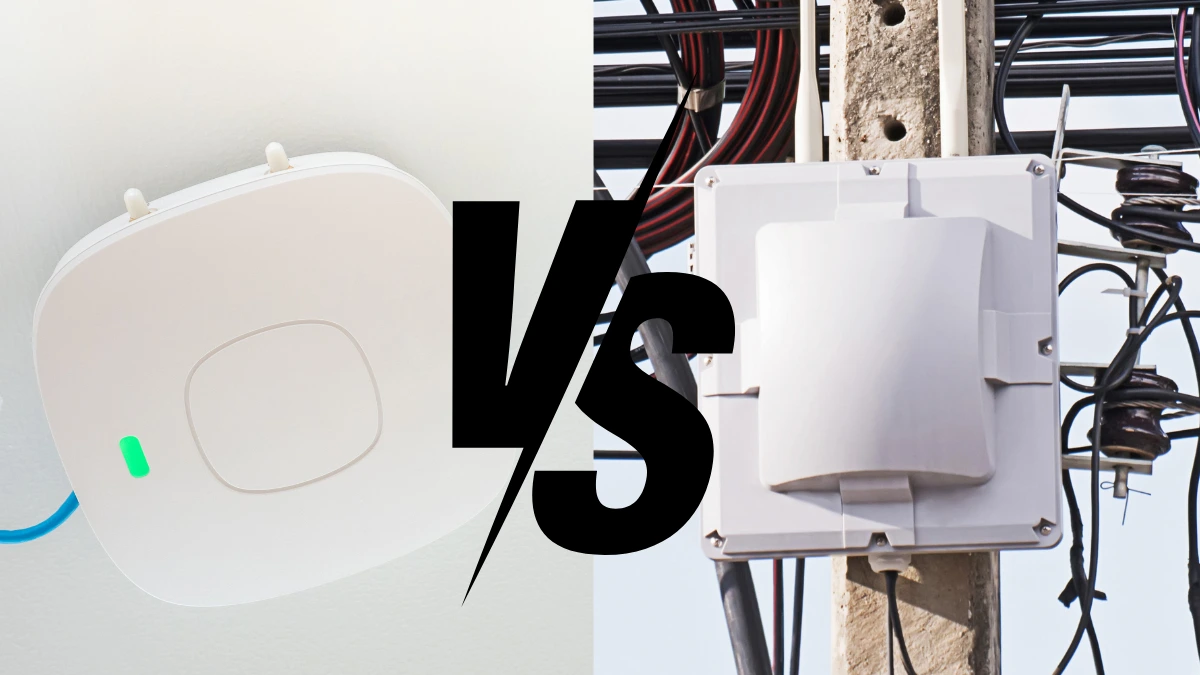In building a reliable wireless network, understanding the different types of access points is essential. Indoor access point and outdoor access point are the types of access points that are required for indoor and outdoor connection.
The difference between an indoor access point and outdoor access point is the place of use. Indoor access point are used in the indoor room and outdoor access point are used in the outdoor building.
This article will give you information on the differences between indoor access point and outdoor access point that you must know.
Also Read
Table of Contents
What is an Indoor Access Point?

Indoor access point are network devices intended for indoor use. This type of access point is used to extend the range of WiFi signals in the room.
This access point is usually placed in the corner or at the top of the room and is not blocked by a partition, with the aim that the signal coverage can be spread evenly throughout the room. Indoor access point are commonly used in offices, meeting rooms, and lobbies.
What is an Outdoor Access Point?

Outdoor access point are network devices intended for outdoor placement. This type of access point generally has a fairly wide signal range and can minimize frequency interference because it is placed outdoors.
The use of technology is commonly used in city parks, stadiums, or public areas that require WiFi connectivity. Suitable for CCTV surveillance or security systems that require an internet connection outdoors.
Outdoor access point are waterproof, anti-dust, and resistant to extreme weather to keep them functioning in various environmental conditions.
The Differences between Indoor Access Point and Outdoor Access Point
Indoor access point and outdoor access points are both wireless network devices that function to extend network coverage. Indoor access points are designed to handle signal reflections from indoor surfaces. Outdoor access points are designed to withstand harsh weather conditions.
Apart from indoor and outdoor access points, there is also a type of remote access point that is flexible and easy to carry everywhere. This type of access point is suitable for companies with high employee mobility.
| Aspect | Indoor access point | Outdoor access point |
| Usage | Extending WiFi coverage indoors | Extending WiFi coverage outdoors |
| Suitable for | Businesses with limited area, such as coffee shops | Large-area ventures, such as playgrounds |
| Advantages | Lower installation cost | Resistant to extreme weather |
| Disadvantages | Smaller coverage distance | Requires additional buildings such as towers |
Tips to Choose The Right Access Point

- Evaluate Your Needs: Determine the location and coverage of the network you need, whether it is in a small indoor space or a large outdoor area.
- Consider Environmental Conditions: Check the conditions surrounding the installation, such as the risk of water, dust, or extreme temperatures, and choose an access point that can withstand these conditions.
- Pay Attention to Technical Specifications: Check specifications such as IP rating, maximum data rate, and operating frequency to ensure the device suits your needs.
- Consult an Expert: If confused, consult a network expert or device provider to choose the right access point.
- Test Before Installation: Conduct a test run first to ensure the signal reaches the desired area before permanent installation.
That is the difference between indoor access point and outdoor access point. Knowing the differences between indoor access point and outdoor access point can help you to consider the device.
You can use indoor access points that can be the perfect choice to enhance user experience in various indoor areas, both for personal and professional needs.
Moreover, You can have outdoor access points that can be an ideal solution for building networks outdoors, offering convenience, cost efficiency, and reliable performance in various conditions.


















